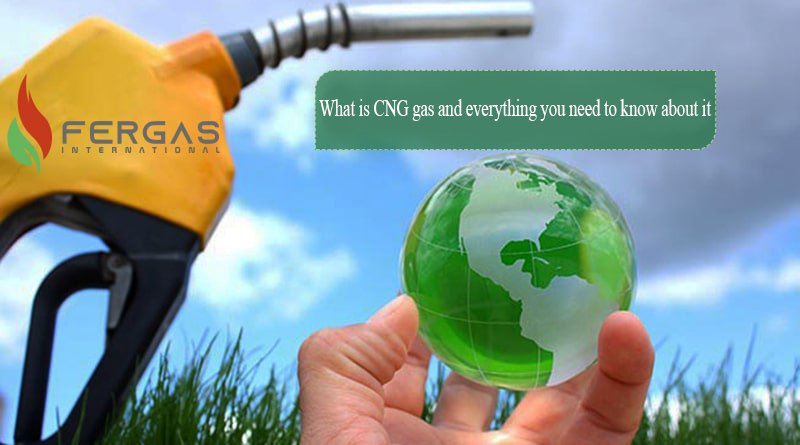What is CNG and what are its advantages and disadvantages?
What is CNG? This is a question that may be on the minds of many people and do not have information in this field, In the previous article, we talked about LPG and its uses. Now, in this article, we want to fully explain about compressed natural gas (CNG), which stands for Compressed Natural Gas.
What is CNG?
CNG is a good alternative to petrol and even gasoline. Due to the fact that CNG gas is less harmful to the environment than petrol, gasoline and liquid gas, it is more useful and It is also safer when leaking because the gas is lighter than air and disperses quickly.
CNG gas is created by compressing natural gas in raw form, so that the volume it occupies is less than one percent of the volume that natural gas occupies under normal conditions. Natural gas is mainly composed of methane and is produced from oil wells and waste processing (biogas).
You may also be interested to know that CNG is the natural gas that we use daily at home, at work or factories at low pressure.
Obviously, storing gas at such a pressure is not economical due to the large volume required. On the other hand, due to its low density, if used in the car, the refueling times will be extremely short. So if natural gas (NG) is compressed to a pressure of about 3600 psi, we will have CNG.
CNG energy density is 42% liquefied natural gas and 25% is gasoline. That is CNG produces energy in a volume equal to a quarter of a gasoline.
CNG gas is used in gasoline-powered vehicles whose engines have been modified for use, as well as in cars built specifically for CNG (OEM) engines, which has advantages and disadvantages, which we will mention below.
Iran’s first natural gas station was opened in 1995, and with the construction of CNG supply centers, the production of dual-fuel vehicles also increased.
At the same time, with the construction of CNG supply centers, the production of dual-fuel vehicles also increased, and by 2001, it had reached 2.8 million units, making Iran the world’s leading manufacturer of this type of vehicle. According to statistics, by 2019, Iran will be the largest CNG user for public transportation after China, with 4 million dual-fuel vehicles. After our country are Pakistan, Argentina, Brazil and Italy.
In developed countries such as Germany, Singapore and Italy, there are several stations for CNG supply to cars; But most of its users are intercity buses and small trucks. Latin American countries, such as Brazil and Argentina, use CNG for taxis.
Advantages of using natural gas
- Less pollution
- High octane number (130)
- 15% increase in efficiency
- Abundance and reasonable price
Disadvantages of using natural gases
- Cost of construction of refueling stations
- Space limitations in installing car fuel tanks
- Reduce car survey
- Need to design and strengthen various parts of the car such as chassis, axle (due to weight gain), cooling system, etc. in convertible cars.




